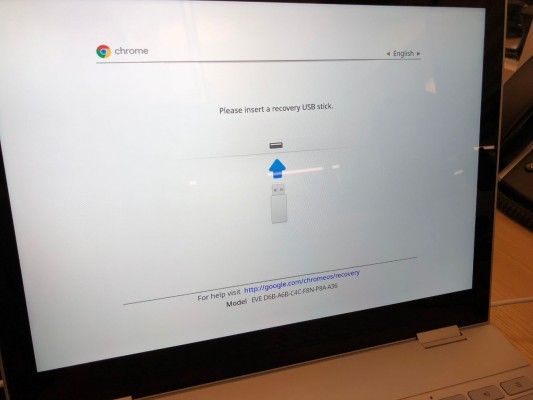
So far, the chroot utility scripts readily available for Chromebooks cater to Debian Linux and the Ubuntu Linux distro. That, however, requires somebody in those Linux communities to create the scripts based on where each distro stores its files. In theory, Chromebook users should be able to use the chroot utility to install most Linux distributions. The term “chroot” is geekspeak for “change root.” Learning the Lingo Crouton is a set of scripts that automatically installs components that create a Chromium OS-centric chroot generator. It provides the environment for a full Linux installation, desktop, and all. The built-in Crostini partition lets Chromebook users run Linux apps much like Android apps, in a walled-off virtual-machine-like sandbox running on top of ChromeOS.Īn alternative approach involves using Crouton. Before that, I toyed with running GalliumOS from a USB drive to turn Chromebooks into Linux boxes without removing ChromeOS.Ĭrostini, Google’s umbrella term for building Linux applications into ChromeOS, installs a command line version of the Linux OS to run Debian Linux apps on supported Chromebooks. So installing a complete Linux distribution - desktop and all - may be a better option for you.Ī few years ago, I played around with a halfway measure to run a KDE desktop on a Chromebook within the Crostini environment. That method forces users to rely mainly on the command line without the added functionality a full Linux desktop environment offers. You may already use the “Crostini” partition to run individual Linux apps alongside ChromeOS. apk“ġ4.Do you want to run a full Linux desktop installation on your Chromebook without giving up ChromeOS? This alteration will give you access to both complete operating systems running simultaneously so you can move between them with a keyboard shortcut. If that doesn’t work, type “ adb -s emulator-5554 install. If asked, type “ Y” and hit enter to confirm installationġ2. Type “ sudo apt install adb” and hit enterġ1. Log back in and open the “ Terminal” appġ0. Let your Chromebook restart and allow ADB debuggingĩ. Open the Settings app and navigate to “ Developers“Ĩ. Drag and drop the app file into “ Linux files“ĥ. Open the Files app and rename the app file (leave “.apk” at the end!)Ĥ.


Download whichever app (APK) file you would like to installģ. Enable Linux support on your ChromebookĢ. Again, Apex Legends clearly didn’t work for us, but I imagine many others will work just fine.ġ. I’d love to hear in the comments what app you needed to or decided to install and whether or not it had Play Store protection and wouldn’t run due to needing a key.

Once it’s finished, you’ll find the app freshly installed with its icon in your Chromebook’s launcher. That’s it! You should get a message stating that your app is being installed. apk Type this for Intel or AMD processors apk Type this for ARM processor devicesĪdb -s emulator-5554 install.


 0 kommentar(er)
0 kommentar(er)
